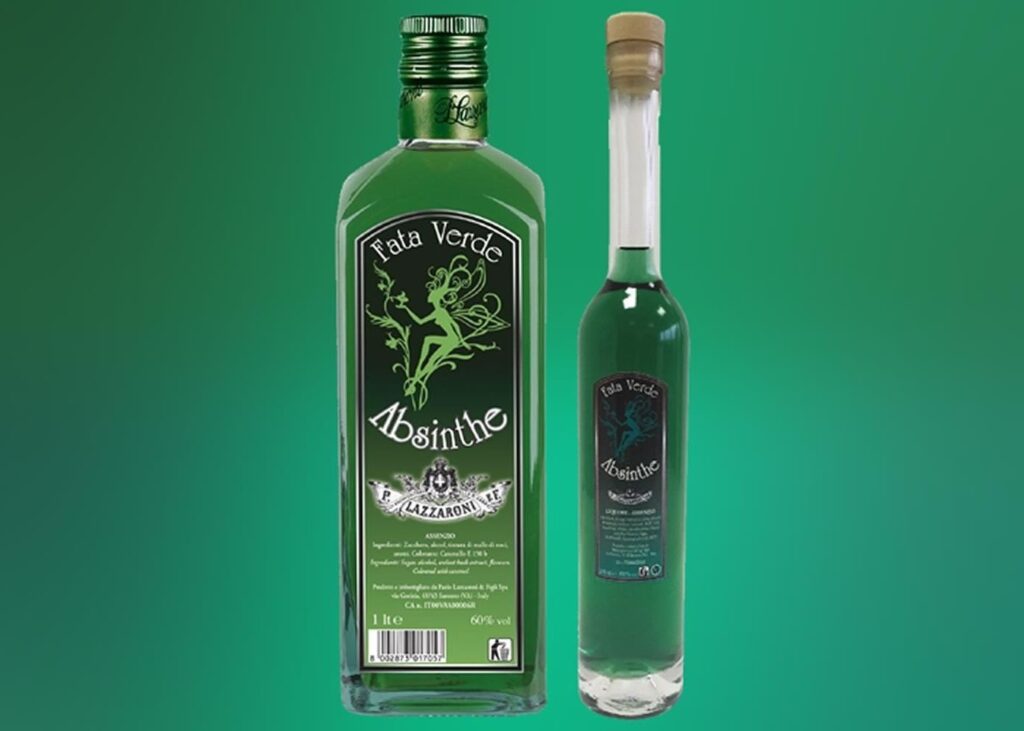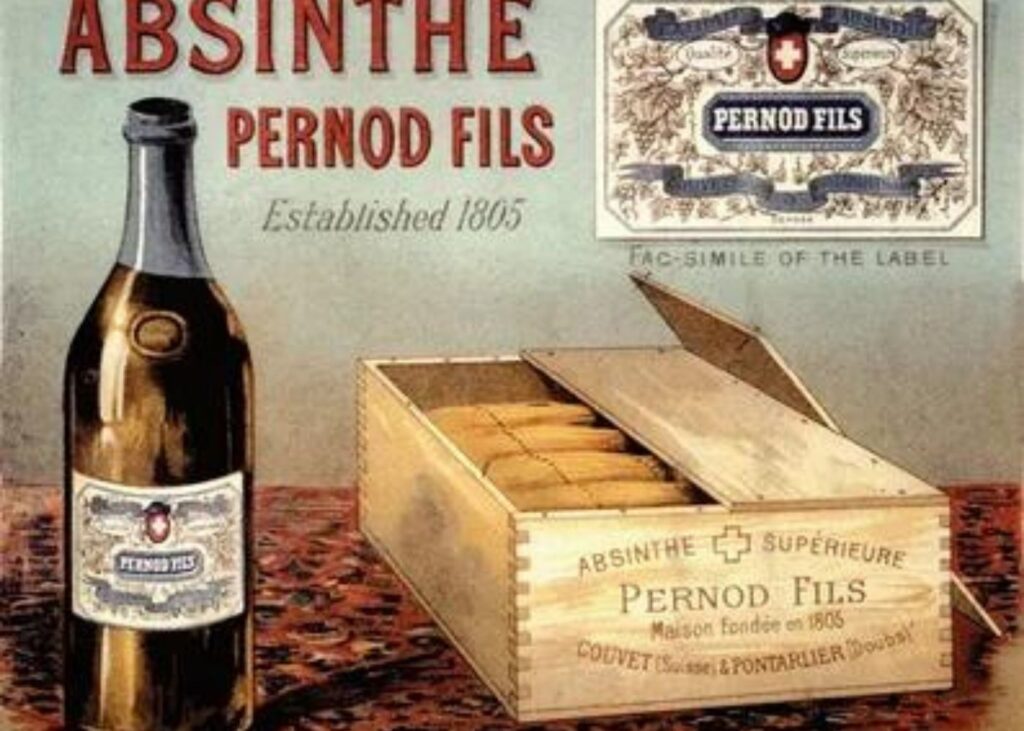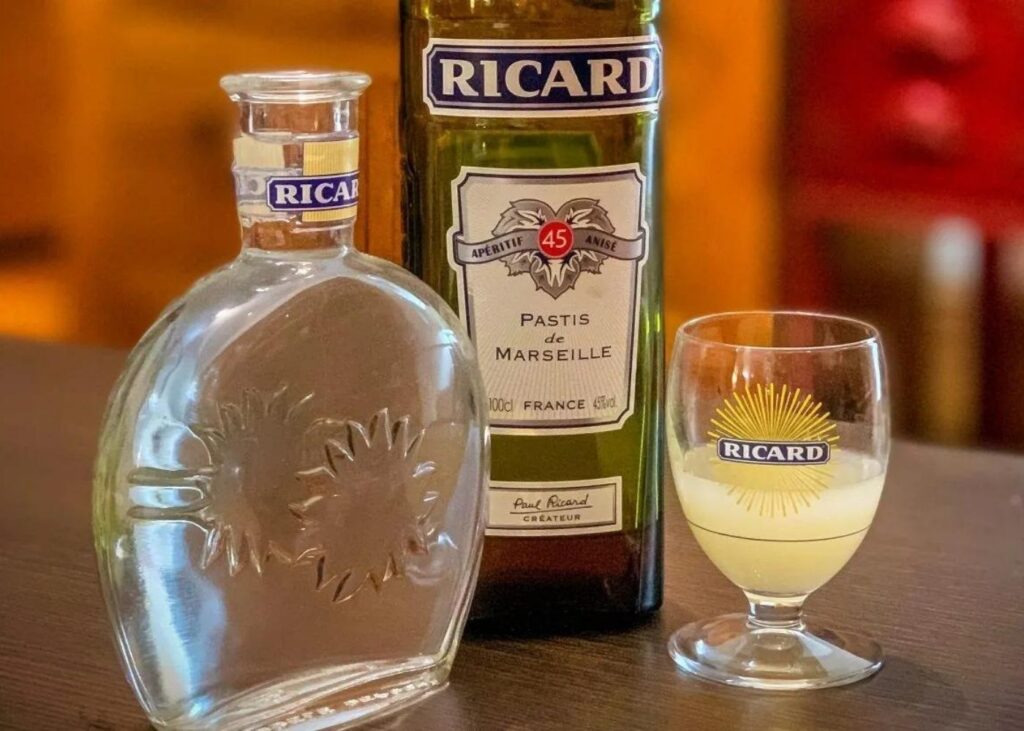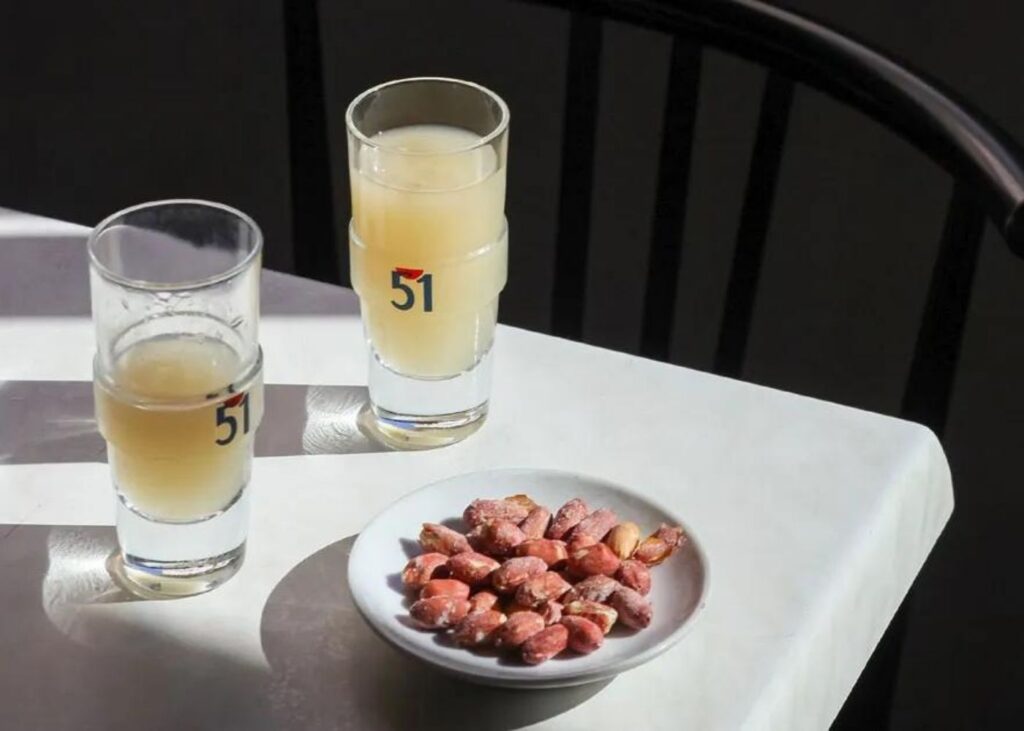HOW TO DRINK PASTIS IN FRANCE IN 2024
We delve into the art of savoring Pastis in France from its rich history and traditional serving methods to etiquette tips and recommended pairings so you can immerse yourself fully in this quintessentially French experience. A fragrant and anise flavored spirit, Pastis holds a special place in the hearts of locals and visitors alike, often enjoyed as a ritualistic prelude to convivial gatherings or lazy afternoons at bustling cafes.
WANT TO KNOW HOW TO DRINK PASTIS LIKE THE FRENCH DO?
When it comes to drinking Pastis like the French, it’s all about patience and ritual. Start by pouring a shot of Pastis into a glass, then slowly add cold water until the drink turns milky white this is known as louching. The aromas will start to develop as you mix in the water, creating a delightful sensory experience.
In France, drinking Pastis is not just about the taste, but also about the social aspect. It’s often enjoyed with friends or family on warm afternoons or evenings, accompanied by good conversation and laughter. Embracing this relaxed and convivial atmosphere is key to truly experiencing Pastis like the French do.
ABSINTHE VS PASTIS
Absinthe and Pastis are two iconic French spirits, each with its unique characteristics that appeal to different palates and preferences. One key difference between the two lies in their production process. Absinthe is crafted by distilling botanicals such as anise, fennel, and wormwood to create a highly aromatic and often misunderstood spirit. On the other hand, Pastis undergoes a similar distillation method but does not include the notorious wormwood herb, giving it a milder profile.

In terms of taste, Absinthe is known for its intense licorice flavor and complex herbal notes, making it a bold choice for adventurous drinkers looking for a distinctive experience. In contrast, Pastis offers a more subtle anise-forward taste with hints of other botanicals like licorice root and star anise. Price wise, Absinthe tends to be pricier than Pastis due to its elaborate production process and often higher alcohol content.
THE HISTORY OF PASTIS AND ABSINTHE
The legal status of pastis and absinthe has a long and tumultuous history. Absinthe, a highly alcoholic spirit infused with botanicals like wormwood, was once wildly popular in the late 19th century before being banned in many countries due to its perceived hallucinogenic properties. In contrast, pastis, a similar anise-flavored spirit without the controversial wormwood, emerged as a legal alternative.
However, in recent years, there has been a resurgence of interest in absinthe as its ban was lifted in many countries. Modern scientific research has debunked many of the myths surrounding absinthe’s hallucinogenic effects and highlighted its cultural significance. This change in perception has led to a renewed appreciation for both pastis and absinthe as unique spirits with rich histories worth exploring.

Dr. Ordinaire’s recipe, a distillation of local herbs including the key ingredient, wormwood (Artemisia absinthium), along with anise, fennel, and other botanicals, was believed to cure various ailments.
The recipe was later acquired by Major Dubied, who along with his son-in-law Henri-Louis Pernod, opened the first absinthe distillery in Couvet, Switzerland, in 1797.
By 1805, Henri-Louis Pernod had expanded into France, establishing a second distillery in Pontarlier, marking the birth of absinthe as a commercial product.
THE ABSINTHE RISE TO FAME AND CONTROVERSY
The rise of absinthe to fame is closely intertwined with its controversial reputation. Originating in Switzerland in the late 18th century, this emerald green elixir gained popularity among the artistic and bohemian crowds of Paris in the 19th century. The allure of absinthe extended beyond its distinct licorice flavor, as it became associated with creativity and inspiration, fueling the imaginations of writers, artists, and poets.
However, this newfound fame also brought about concerns surrounding absinthism a term coined for those addicted to the drink. Critics blamed absinthe for a range of social issues, from violence to mental health problems. This negative perception ultimately led to bans on its production and consumption in several countries by the early 20th century.
WHERE WAS PASTIS INVENTED?
The iconic French aperitif known as pastis was invented in the town of Marseille, located in the southern region of Provence Alpes Côte d’Azur. The history of pastis dates back to the 19th century when it was created as a substitute for absinthe, which had been banned due to its high alcohol content. A visionary by the name of Paul Ricard is credited with perfecting the recipe for pastis and popularizing it among drinkers across France.
The unique blend of herbs and spices used in pastis gives it a distinct licorice flavor that sets it apart from other spirits. As one sips on a glass of chilled pastis, they are transported to the vibrant streets of Marseille where this beloved drink originated. It’s fascinating to think about how one man’s ingenuity led to the creation of a beverage that has become synonymous with French culture and tradition.
THE BIRTH OF RICARD PASTIS
In the picturesque town of Marseillan, a small fishing village nestled along the Mediterranean coast of southern France, a revolution in a glass was born. It was here that Paul Ricard, a visionary Frenchman and avid absinthe drinker, decided to create his own version of the green spirit. Drawing from his love for herbs and anise flavors, he crafted an herbal elixir that would soon become known as Ricard Pastis.

Inspired by pastis producers in Marseille who were struggling during Prohibition, Paul Ricard set out to create a lighter and more accessible version of the traditional anise-flavored spirit. By adding water to his creation before bottling it, he inadvertently created a refreshing and thirst quenching beverage that would captivate drinkers around the world.
Combining tradition with innovation, Ricard Pastis quickly became synonymous with summer evenings on the French Riviera and continues to be enjoyed by connoisseurs seeking a taste of history with every sip.
WHAT IS PASTIS AND HOW IS IT MADE?
Pastis is a popular anise-flavored liqueur originating from France, particularly associated with the southern regions such as Provence. Its rich history dates back to the early 20th century when it was first created as a substitute for absinthe, which was banned due to its high wormwood content. The inventor of pastis, Paul Ricard, sought to concoct a drink that captured the essence of the Mediterranean lifestyle and culture.
To make pastis, an aromatic blend of herbs and spices such as licorice root, fennel seeds, and star anise are macerated in alcohol before being distilled. This process results in a vibrant yellow green liquid that turns milky white when mixed with water a unique characteristic known as louching. The refreshing taste of pastis makes it a popular choice for enjoying leisurely moments in the sun drenched cafes of Provence or simply unwinding after a long day.
HOW TO DRINK PASTIS LIKE THE FRENCH
To truly savor Pastis like the French, embrace the ritual of adding water. Pour water slowly over a few ice cubes placed in your glass until the drink turns milky white. This process enhances the subtle flavors and transforms the drink into a delightful experience that evolves with each sip.
When enjoying Pastis in France, it’s important to take your time and fully immerse yourself in the moment. Pair your drink with light bites such as olives or salted almonds to complement its anise notes. Embrace the slower pace of drinking Pastis, allowing yourself to unwind and appreciate every sip as a moment of relaxation and enjoyment.
WHEN TO DRINK PASTIS
Pastis is a versatile drink that can be enjoyed in various occasions throughout the day. It makes for a refreshing aperitif before a meal, especially on warm summer evenings when its aniseed flavors can awaken the palate and stimulate the appetite. Pastis can be sipped after dinner as a digest if to aid in digestion and relax the senses.

It is also worth noting that Pastis can be a delightful companion during midday picnics or outdoor gatherings with friends. Its herbal notes and sweetness lend themselves well to casual social settings, making it an ideal choice for leisurely afternoon get-togethers. The best time to enjoy Pastis is whenever you feel like indulging in its unique combination of flavors and aromas whether it’s at sunrise or sunset, there’s always room for a glass of this classic French spirit.
PASTIS AND IMPORTANCE FOR FRENCH
Pastis, the iconic French aperitif, has been enjoyed by many around the world. Among the most popular brands of Pastis is Ricard, known for its refreshing anise flavor and smooth finish. This classic brand has remained a favorite choice for many decades, capturing the essence of French culture in every sip.
For those looking to explore new horizons in the world of Pastis, Henri Bardouin offers an artisanal option with complex layers of botanicals that set it apart from traditional brands. Crafted using an ancient recipe dating back to 1898, this premium label brings depth and sophistication to the drinking experience. Perfect for enthusiasts seeking bold and innovative flavors, Henri Bardouin challenges conventional notions of what Pastis can be.
FAQS
How do French people drink pastis?
Pastis isn’t made to be drunk in a hurry. Even the process of making the drink showcases its languid tendencies. Pour in a tall glass, one part pastis to five parts chilled water; add ice if you’re not a purist; I’m certainly not.
How do you drink pastis traditionally?
Pastis is typically enjoyed in a short cordial glass diluted with water ,a ratio of five parts water to one part liqueur is a good place to start.
What time should I drink Pastis?
When Is Pastis Best Enjoyed? Pastis is enjoyed year-round but is especially popular as an aperitif during the French apéro hour. On weekends, it’s often sipped throughout the day while playing pétanque under the sun. Be warned, though it packs a punch and can sneak up on you if you’re not careful!
Is pastis good for the stomach?
It is one of the “aniseed-flavoured” drinks that have been consumed since the 19th century, on an empty stomach or before a meal, and sparingly, because it is above all a medicinal product! Indeed, it promotes digestion, stimulates the appetite and cures stomach disorders!







